#curtain walls
Explore tagged Tumblr posts
Text
Curtain Wall: A Transparent Revolution in Architecture

In the dynamic realm of architecture, the curtain wall stands as a testament to the evolving nature of design and construction. This article delves into the intricacies of curtain walls, exploring their history, types, materials, advantages, challenges, and future trends.
History of Curtain Walls
Curtain walls have a rich history, finding early use in ancient structures. Over the years, they have undergone significant evolution, adapting to technological advancements and design preferences.
Types of Curtain Walls
There are various types of curtain walls, each with its unique characteristics. Stick-built curtain walls, unitized curtain walls, and spider glass curtain walls are among the popular choices in modern construction.
Materials Used in Curtain Walls
The choice of materials plays a pivotal role in the performance and aesthetics of curtain walls. Glass, aluminum, and steel are commonly used materials, each offering distinct advantages.
Advantages of Curtain Walls
Beyond their aesthetic appeal, curtain walls contribute to energy efficiency and the integration of natural light. These factors make them a preferred choice in contemporary architecture.
Challenges and Considerations
While curtain walls offer numerous benefits, challenges such as maintenance, insulation concerns, and weather resistance need careful consideration during the design and installation process.
Sustainable Curtain Walls
As the world gravitates towards sustainability, curtain walls are also adapting. Green building practices and the use of eco-friendly materials are transforming the landscape of curtain wall design.
Innovative Designs
The future of curtain walls lies in innovation. Customization trends and integration with smart technologies are shaping the way architects approach building facades.
Notable Buildings with Curtain Walls
Numerous iconic structures around the world showcase the versatility and beauty of curtain walls. Examples from different regions highlight the global impact of this architectural feature.
Installation Process
For those considering curtain walls in their projects, a step-by-step guide and professional recommendations provide insights into the meticulous installation process.
Cost Considerations
Understanding the factors influencing costs and the potential long-term savings is crucial for individuals or organizations contemplating the use of curtain walls in construction projects.
Future Trends in Curtain Wall Technology
As technology continues to advance, the curtain wall industry is not exempt. This section explores the latest technological trends and predictions for the future of curtain wall design.
Case Studies
Examining successful implementations and lessons learned from past projects provides valuable insights into the practical aspects of working with curtain walls.
Common Misconceptions
Addressing common myths and clarifying facts about curtain walls helps dispel misinformation, fostering a better understanding of this architectural element.
Conclusion
In conclusion, the curtain wall represents a transparent revolution in architecture, blending aesthetics with functionality. Understanding its history, types, materials, advantages, and challenges is essential for anyone involved in the design and construction industry.
FAQs
Are curtain walls only used for aesthetic purposes?
Curtain walls offer both aesthetic appeal and practical advantages such as energy efficiency and natural light integration.
What materials are commonly used in curtain wall construction?
Glass, aluminum, and steel are the primary materials used in curtain walls, each offering unique benefits.
How do curtain walls contribute to sustainability?
Sustainable curtain walls embrace green building practices and utilize eco-friendly materials.
What are the maintenance requirements for curtain walls?
Regular maintenance is crucial for curtain walls, addressing issues like cleaning, inspections, and repairs.
Can curtain walls be customized to suit specific design preferences?
Yes, innovative designs and customization trends allow architects to tailor curtain walls to unique project requirements.
#curtain wall#curtain walls#aluminium curtain wall#curtain manufacturers london#curtain walling london#aluminium curtain walling london#curtain wall glazing companies
2 notes
·
View notes
Text
Aluminium Window & Doors in Punjab

Unisystem the fast growing and reliable name in the industry for Aluminium Window & Doors in Punjab a hub to get the premium quality windows and door profile systems of international standards at the best reasonable price tags with installation facilities as well.If one talks about premium quality, durable and unique Sliding/Casement door & window systems,Lift & Slide Door, Tilt & Slide Door, Slide & Fold Door and Pivoted Doors/Windows, the name of Unisystem comes first in mind. Being the industry leader since inception, we never looked behind.We combine design, technology and digitalisation with innovative solutions that add value and encourage our partners to create sustainable buildings. Our team strives to keep expanding its knowledge and dynamism by staying in close contact with all our stakeholders.
2 notes
·
View notes
Text
Customized Ultra Clear Toughened Insulated Glass Curtain Wall
Ultra clear toughened insulated glass curtain wall features:
Ultra clear glass: provides excellent clarity and transparency, allowing maximum natural light penetration and enhancing the beauty of the building.
Toughened glass: enhanced strength and safety due to the tempering process, making it more resistant to impact and thermal stress, reducing the risk of breakage.
Argon-filled hollow glass structure: provides better insulation, energy saving, and sound insulation. As a professional glass manufacturer, we can provide integrated glass solutions, glass customization and deep processing services according to different construction projects. If you are choosing, please contact us for more details, quotations, and samples.
0 notes
Text

AEL’s Glass Facades Shaping Modern Skylines
The bustling cities of today are a clear indication of the architectural landscape evolving rapidly. One of the biggest transforming elements is the use of glass facades. Aparna Enterprises Limited (AEL) stands at the front of the ever-evolving landscape, creating stunning and functional glass facades that not only redefine aesthetics but also the functionality of the buildings, making it not only a show-stopper but also sustain the integrity of the building!.
Visit Our Website: Aparnaenterprisesltd.com
0 notes
Text
DAYLIGHT MARKET - GLOBAL OUTLOOK & FORECAST 2023-2028
The global daylight market was valued at USD 283.92 billion in 2022 and is expected to reach USD 401.82 billion by 2028, growing at a CAGR of 5.96% during the forecast period. Daylighting involves strategically positioning elements like windows, skylights, curtain walls, and reflective surfaces to harness natural light effectively for building interior illumination. The daylight market report covers products integral to daylighting interiors, such as windows, skylights, and glass curtain walls. Daylight systems have extensive applications in newly constructed and renovated buildings or residences. The report encompasses daylighting systems in various settings, including residential and commercial buildings. Commercial structures encompass sectors such as hospitality, corporate offices, healthcare facilities, educational institutions, retail complexes, shopping malls, sports facilities, and more. Further, the daylight market in APAC is expected to experience significant growth as it is characterized by strong economic growth coupled with rising construction activities and increasing disposable income, which has primarily supported the industry growth in the region.
MARKET TRENDS & OPPORTUNITIES
Rising Installation of Roof Lights for Commercial Spaces The increasing adoption of roof lights in commercial projects can be attributed to their ability to enhance natural daylight, consequently reducing the reliance on artificial lighting. Roof lights, which are windows installed on a building's roof to optimize the inflow of natural light, have traditionally found use in large commercial settings like warehouses and offices with high ceilings or those lacking attic space. In other words, roof lights are specialized architectural features installed in the roof or ceiling of commercial buildings to harness and optimize natural light. However, due to their multiple advantages, beyond just augmenting daylight, roof lights are now gaining substantial consideration for use in residential properties. In addition, roof lights are integral to sustainable building practices, as they reduce a building's environmental impact. As businesses and building owners increasingly prioritize sustainability, installing roof lights has become a strategic choice to reduce carbon emissions, meet sustainability goals, and support the daylight market growth.
GEOGRAPHICAL ANALYSIS
The global daylight market is primarily stimulated by installing new daylight systems in new construction projects and replacing existing ones. Daylight systems find applications across various sectors, including residential and commercial spaces such as retail, hospitality, recreational facilities, hospitals, educational institutions, government facilities, workspaces, and offices. They are considered an effective means for buildings to meet sustainability standards as they provide ample natural light, reducing or eliminating the need for electric lighting during daylight hours. In commercial buildings, incorporating daylighting can also lead to a 10-20% reduction in cooling energy consumption. Europe and the U.S. are witnessing a heightened focus on energy efficiency, driving increased adoption of daylighting in these regions.
COMPETITIVE LANDSCAPE
The global daylight market is highly competitive, with the presence of a large number of public and private companies. These vendors typically compete on key parameters such as product design, quality, reliability, support services, and price. The rapid technological advancements adversely impact the market vendors as consumers expect continuous innovations and product upgrades. The present scenario drives vendors to alter and refine their unique value proposition to achieve a strong industry presence. Some of the major vendors dominating the global daylight market include Velux, Brett Martin, and Lamilux Heinrich Strunz Holding. These brands have many product offerings with a widespread presence in the global industry. The major vendors are adopting innovative technologies to retain their strong industry position.
The global key vendor, Velux, introduced innovative smart skylight technology. These skylights have features that can monitor air quality, humidity, and temperature. They are also equipped with Netatmo intelligence technology. These skylights have ‘plug and play’ smart home solutions for remote sensor-based operation. They automatically detect the sunlight level, humidity, temperature, and carbon dioxide levels to adjust the opening and closing of valves and motorized shades. The system can automatically recognize the need for fresh air and open the skylight without any program or remote operation. It also closes skylights automatically when it rains. The smart algorithm feature sets the skylights to open in the morning and close when the occupants leave home with just one tap. These skylights include a Wi-Fi gateway and an iOS and Android control app.
#industry data#market research#marketreports#industry#daylight#window light#curtain walls#skylight#market#market trends#market researc#research analysis
0 notes
Text
Unveiling the Excellence of Curtain Walls: Types and Advantages
Welcome to a comprehensive exploration of curtain walls, where we unravel the intricacies and unveil the sophistication behind this architectural marvel. In this discourse, we delve into the depths of what a curtain wall is, explore various types, and uncover the manifold advantages that make it an indispensable element in modern construction.
Understanding Curtain Walls
Curtain walls stand as a testament to architectural innovation, seamlessly blending aesthetics with functionality. Essentially, a curtain wall is a non-structural exterior enclosure that envelopes a building, creating a transparent barrier between the interior and the external environment. It comprises an assembly of aluminum or steel frames, with infill materials such as glass or metal panels, creating a visually stunning facade.
Types of Curtain Walls
1. Unitized Curtain Walls
This type of curtain wall is a testament to precision engineering. Unitized curtain walls are pre-assembled in factories, ensuring consistency and quality. Once ready, these units are transported to the construction site and installed, significantly reducing on-site labor and time. This type is ideal for large-scale projects where efficiency and speed are paramount.
2. Stick-Built Curtain Walls
Contrary to unitized systems, stick-built curtain walls are assembled on-site. This method offers flexibility in customization, allowing for adjustments to be made during the installation process. It's a preferred choice when intricate designs or unique architectural requirements are at play, providing architects and builders with a canvas for creativity.
3. Spandrel Curtain Walls
Spandrel curtain walls are designed not only for aesthetics but also for concealing structural components, such as columns and slabs. The result is a sleek, uniform exterior that enhances the overall appearance of the building. This type is popular in commercial constructions where a seamless, polished look is desired.
Advantages of Curtain Walls
1. Architectural Versatility
One of the primary advantages of curtain walls lies in their architectural versatility. Architects can push the boundaries of design, creating visually striking buildings that captivate onlookers. The ability to integrate various materials, including glass and metal, allows for a myriad of creative possibilities.
2. Energy Efficiency
Curtain walls contribute significantly to energy efficiency. Advanced insulation technologies incorporated into modern curtain wall systems help regulate internal temperatures, reducing the reliance on heating or cooling systems. This not only promotes sustainability but also results in long-term cost savings.
3. Natural Light Optimization
Incorporating curtain walls into a building design ensures an abundance of natural light. This not only enhances the occupant's well-being but also reduces the need for artificial lighting during daylight hours. The result is a harmonious blend of aesthetics and eco-consciousness.
4. Weather Resistance
Curtain walls act as a formidable shield against the elements. Designed to withstand wind, rain, and other environmental factors, they contribute to the longevity and durability of a building. This inherent weather resistance ensures that the structure remains pristine even in challenging conditions.
Conclusion
In conclusion, curtain walls epitomize the marriage of form and function in modern architecture. From the precision of unitized systems to the flexibility of stick-built installations, each type offers unique advantages. The architectural versatility, energy efficiency, natural light optimization, and weather resistance make curtain walls a hallmark of contemporary construction.
#Curtain walls#Curtain wall#Curtain wall Uk#Cheap curtain Walls#best curtain walls#uinited shop fronts#shop uk
0 notes
Text
Understanding Curtain Walls: Types and Advantages
Curtain walls have emerged as a significant architectural element in modern construction, offering both aesthetic appeal and functional benefits. In this article, we delve into the intricacies of curtain walls, exploring their types and the advantages they present in contemporary architectural designs.
Defining a Curtain Wall
A curtain wall is a non-structural facade system that is affixed to the exterior of a building, comprising lightweight materials such as glass, aluminum, or metal panels. Unlike traditional walls, curtain walls do not support the structural load of the building. Instead, they bear their weight and transfer any imposed loads to the building's framework.
Types of Curtain Walls
1. Stick-Built Curtain Walls
The stick-built curtain wall system involves assembling the frame on-site by installing mullions and transoms piece by piece. This method provides flexibility in design and installation, making it a popular choice for various architectural projects.
2. Unitized Curtain Walls
In unitized curtain walls, the wall units are pre-fabricated and assembled in a factory. These pre-assembled units are then transported to the construction site and installed onto the building's structure. Unitized systems offer faster installation and higher quality control.
3. Spider Glass Curtain Walls
Spider glass curtain walls employ point-supported glass fittings, creating a visually stunning facade with minimal structural support. The glass panes are connected to the structure using metal connectors, giving the appearance of a floating glass surface.
Advantages of Curtain Walls
a. Aesthetic Appeal
Curtain walls enhance the visual appeal of a building by providing a sleek and modern facade. The extensive use of glass allows for a seamless, transparent look that complements contemporary architectural designs.
b. Natural Light and Energy Efficiency
The abundance of glass in curtain walls maximizes the entry of natural light, reducing the need for artificial lighting during the day. This not only saves energy but also creates a bright and inviting interior space.
c. Thermal Insulation
Modern curtain wall systems incorporate advanced thermal breaks and insulating materials, significantly improving energy efficiency by minimizing heat transfer between the interior and exterior of the building.
d. Flexibility in Design
Curtain walls offer unparalleled design versatility, allowing architects to experiment with various configurations, colors, and materials. This flexibility ensures that the facade can be tailored to meet the specific design requirements of the project.
e. Cost-Effectiveness
While the initial investment in a curtain wall system may seem substantial, the long-term cost savings in energy and maintenance often outweigh the upfront expenses. The durability and low maintenance requirements make curtain walls a cost-effective choice in the long run.
In Conclusion
Curtain walls have evolved to be an indispensable element of modern architecture, providing a harmonious blend of form and function. Their versatility, energy efficiency, and aesthetic appeal make them a preferred choice for architects and building designers. Understanding the types and advantages of curtain walls equips stakeholders with the knowledge necessary to make informed decisions and achieve their architectural vision.
#curtain walls#curtain wall#Shop fronts#uk shop fronts#shopfronts uk#cheap shopfronts#shop front#store front#best place in uk
0 notes
Text
The types of exterior wall cladding material are Wood Cladding,Stone Cladding,Ceramic Cladding,Tile Cladding,Porcelain Cladding,Curtain Wall Cladding,Aluminium Composite Cladding and know more.One of the most remarkable and complex features of a building structure is its cladding. It is a decorative covering that protect the interior spaces from the surrounding environment
#FACADE#FACADES#FACADE DESIGNS#CLADDING#CLADDING MATERIALS#CLADDING DESIGNS#EXTERIOR CLADDING WALLS#CURTAIN WALLS#EXTERIOR WALL CLADDING
0 notes
Text
OHHH SOFT STATIC AND WHIRRING OF RUNNING TAPE HOW I MISSED YOU

#the magnus protocol#tmagp#tmagp spoilers#magp 10#ACTUALLY STARTED PUNCHING THE WALL#im so glad i listen to tmagp im the balcony with the curtains drawn#at least my roommates dont witness how unhinged i get#the people down on the road however#myar#my entire inner monologue as soon as i heard that click was#TAPE RECORDER TAPE RECORDER TAPE RECORDER TAPE RECORDER
5K notes
·
View notes
Text
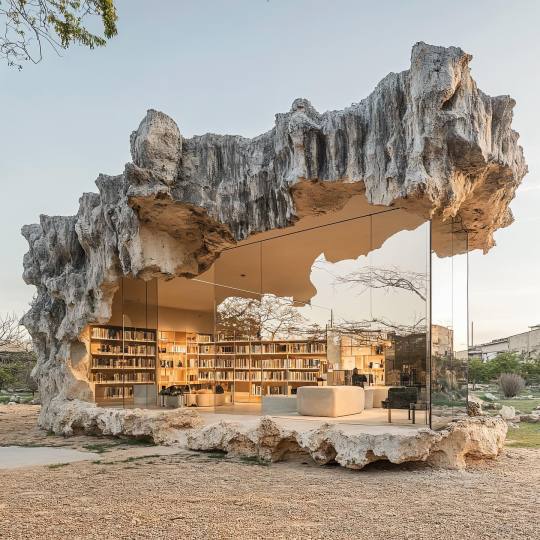
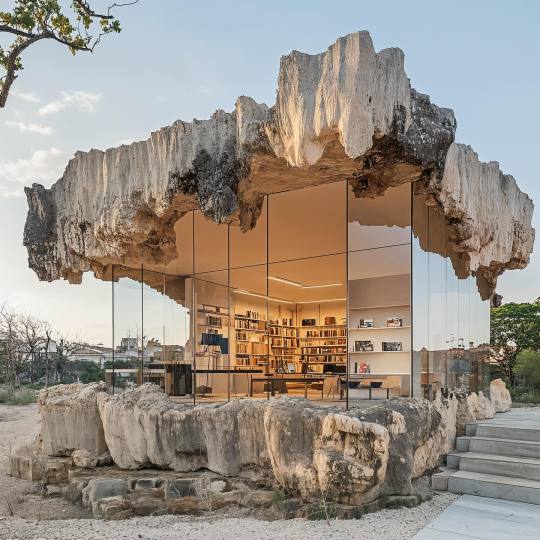
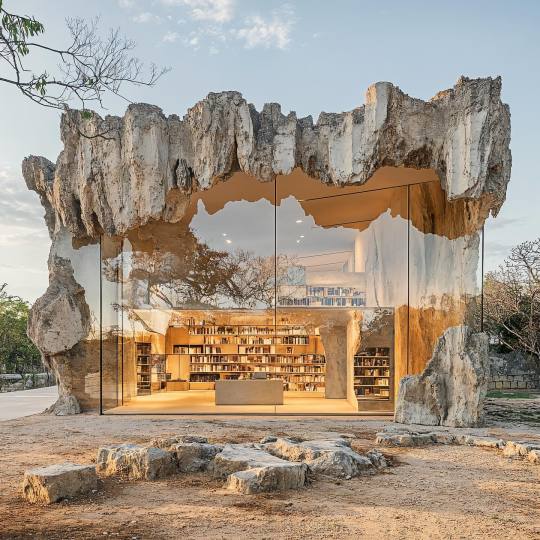
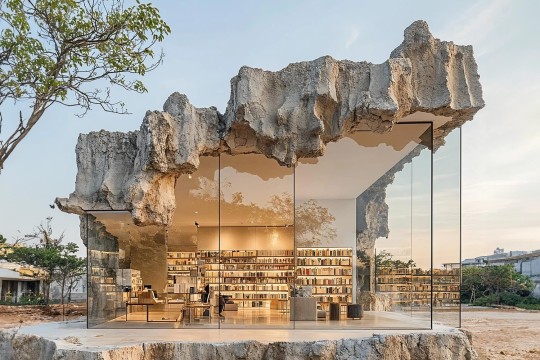
Courtesy: @archiphilia
#art#design#architecture#minimalism#interior#interiors#concept#pavilion#library#nature#glass#office#organic#rock#sculpture#archiphilia#curtain walled#structure#inspiration#render
1K notes
·
View notes
Text
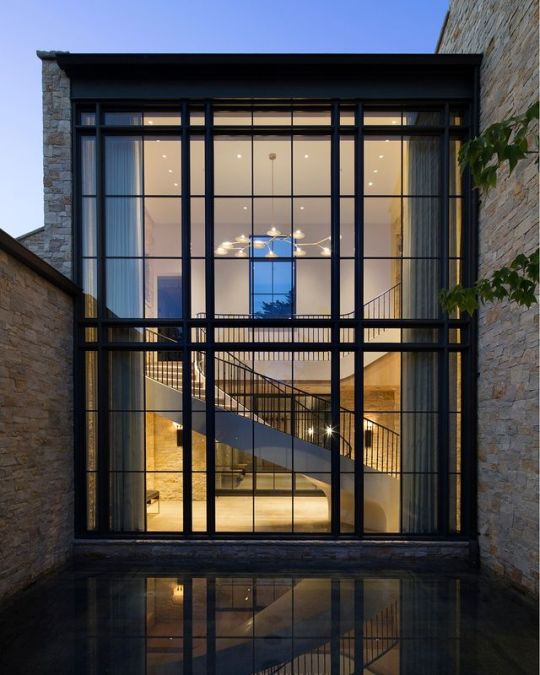
Curtain Walls provide narrow sightlines and thermal efficiency.
#curtainwall#architecture#glass#facade#curtains#design#curtaindesign#curtainsdesign#curtain#facadedesign#Curtain Walls
1 note
·
View note
Text

#Roller shutter#Roller shutter uk#cheap Roller Shutter#United Shop fronts#Shop front#shopfronts uk#uk news#curtain walls#curtain wall#curtain manufacturers london
0 notes
Text
High end aluminium windows in delhi
Unisystem the fast growing and reliable name in the industry for High end aluminium windows in delhi a hub to get the premium quality windows and door profile systems of international standards at the best reasonable price tags with installation facilities as well.If one talks about premium quality, durable and unique Sliding/Casement door & window systems,Lift & Slide Door, Tilt & Slide Door, Slide & Fold Door and Pivoted Doors/Windows, the name of Unisystem comes first in mind. Being the industry leader since inception, we never looked behind.We combine design, technology and digitalisation with innovative solutions that add value and encourage our partners to create sustainable buildings. Our team strives to keep expanding its knowledge and dynamism by staying in close contact with all our stakeholders.

0 notes
Text
Ultra Clear Low Iron Toughened Glass For Curtain Walls
Ultra clear low iron toughened glass curtain wall combines exceptional clarity, safety and durability, making it an excellent choice for modern architectural designs that combine beauty and performance.
Features:
Superior clarity: Low iron content minimizes green tint. Made with standard clear glass, it offers exceptional clarity and transparency.
Toughened glass: Tempered for increased strength and safety, making it resistant to impact and thermal stress.
Enhanced aesthetics: Its ultra-clear properties enhance the visual appeal of a building, allowing for unobstructed views and natural light penetration.
Safety: Toughened glass breaks into small, blunt fragments when broken, reducing the risk of injury.
Joy Shing Glass supplies high-quality architectural glass. We can customize and process glass as required. If you are looking for a high-quality glass supplier, please contact us for quotes and samples.
0 notes
Text
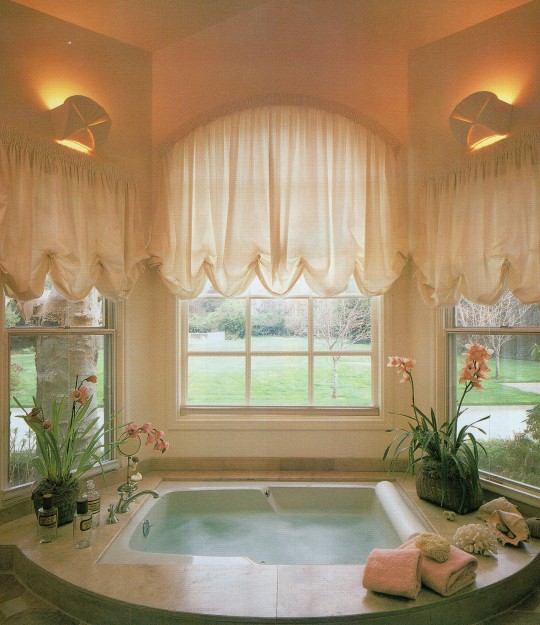
Large whirlpool tub is central focus on two bath wings. Built-in neck roll allows relaxed soaking; blinds provide privacy; wall sconces add drama at night.
Ideas for Great Bathrooms, 1991
#vintage#vintage interior#1990s#90s#interior design#home decor#bathroom#soaking#raised#bathtub#bay window#wall sconce#flowers#balloon curtains#neutral#contemporary#McMansion#style#home#architecture
4K notes
·
View notes
Text

II. the seer | david hammond
#happy birthday to my favorite 4th wall breaking bastard#david hammond#tempted to yap about all the symbolism i put in here but i'll just mention a couple things#the curtains are the pillars! you can see B & J (boaz and jachin) on the tassels if you squint#the eyes of ra and horus below line up with the pillar symbolism somewhat#i had fun making the border full of eyes#also i pretty much conflated the high priestess' esoteric knowledge with david's 4th wall awareness#he can see beyond the veil and he is watching you read the tags
331 notes
·
View notes